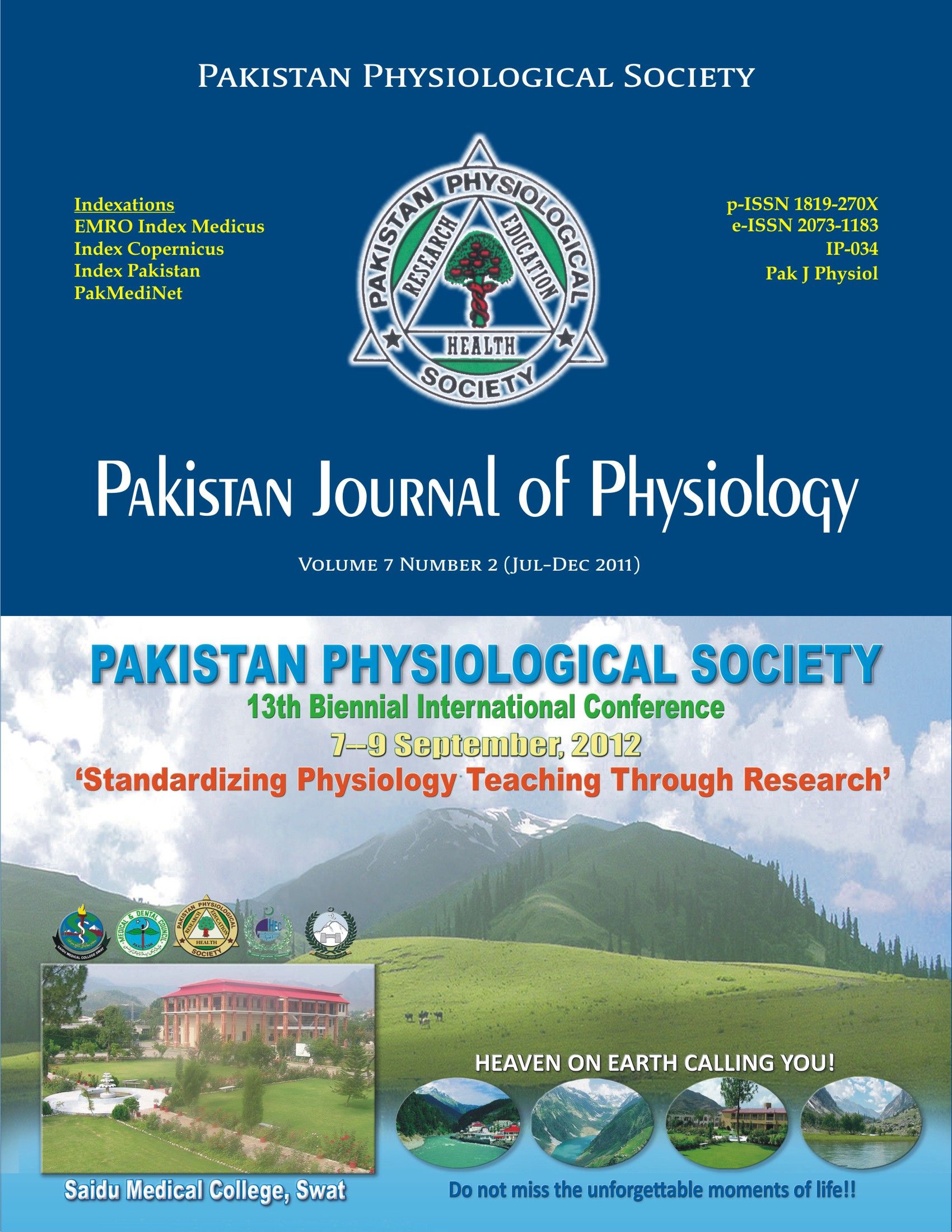ECG PATTERN IN PAEDIATRIC POPULATION OF WESTERN RAJASTHAN
DOI:
https://doi.org/10.69656/pjp.v7i2.820Keywords:
ECG patterns, paediatric age, Western RajasthanAbstract
Background: The ECG pattern in paediatric population varies with age and sex. The majority of changes occur during the first year of life due to changes in cardiac anatomy and haemodynamics soon after birth, as a result of the cessation of placental circulation and establishing cardio-pulmonary circulation. Therefore the majority of normal adult values cannot be used in the newborn. Methods: This study was carried out in 200 children, with equal males and females, divided into 5 age groups from 0–14 years. Single chest lead ECG machine with standard setting (10 mm/mV. with a standard paper speed of 25 mm/sec.) was used in the study for recording of ECG. The electrocardiogram was recorded in all 12 leads and carefully interpreted for heart rate, rhythm, intervals and duration for evaluation of developmental, age and sex related changes. Results: The heart rate was increased in first 1–2 month of age and then in the following 6 months it remained stable and then slowly declined after 1 year of age. Heart rate attained adult value at the 12–14 years of age. The PR interval correlated with heart rate and with age. PR interval progressively and significantly increased with age and decreased with heart rate up to 4 year of age. Duration of QRS increased with age; in new born infants ranging from (37–80 ms) and 75 ms at the age of 6–14 years. Mean QRS duration was greater for boys than for girls in most age groups, but the difference in upper limits of normal was small, ranging from 2 to 7 ms. Mean value of QTc interval was not significantly changed with age as compared to heart rate. We found an upper limit of the normal QTc interval as 523 ms which is higher than the commonly used criterion of 440 ms. Significant gender differences were demonstrated for amplitude and QRS duration. Conclusion: Normal limits of many ECG measurements in our study were different from those reported earlier. These findings are clinically significant and suggest that diagnostic criteria for the paediatric ECG should be adjusted. These gender specific ECG parameters are useful for the interpretation of paediatrics ECG.
Downloads
Downloads
Published
How to Cite
Issue
Section
License
The author(s) retain the copyrights and allow their publication in Pakistan Journal of Physiology, Pak J Physiol, PJP to be FREE for research and academic purposes. It can be downloaded and stored, printed, presented, projected, cited and quoted with full reference of, and acknowledgement to the author(s) and the PJP. The contents are published with an international CC-BY-ND-4.0 License.











